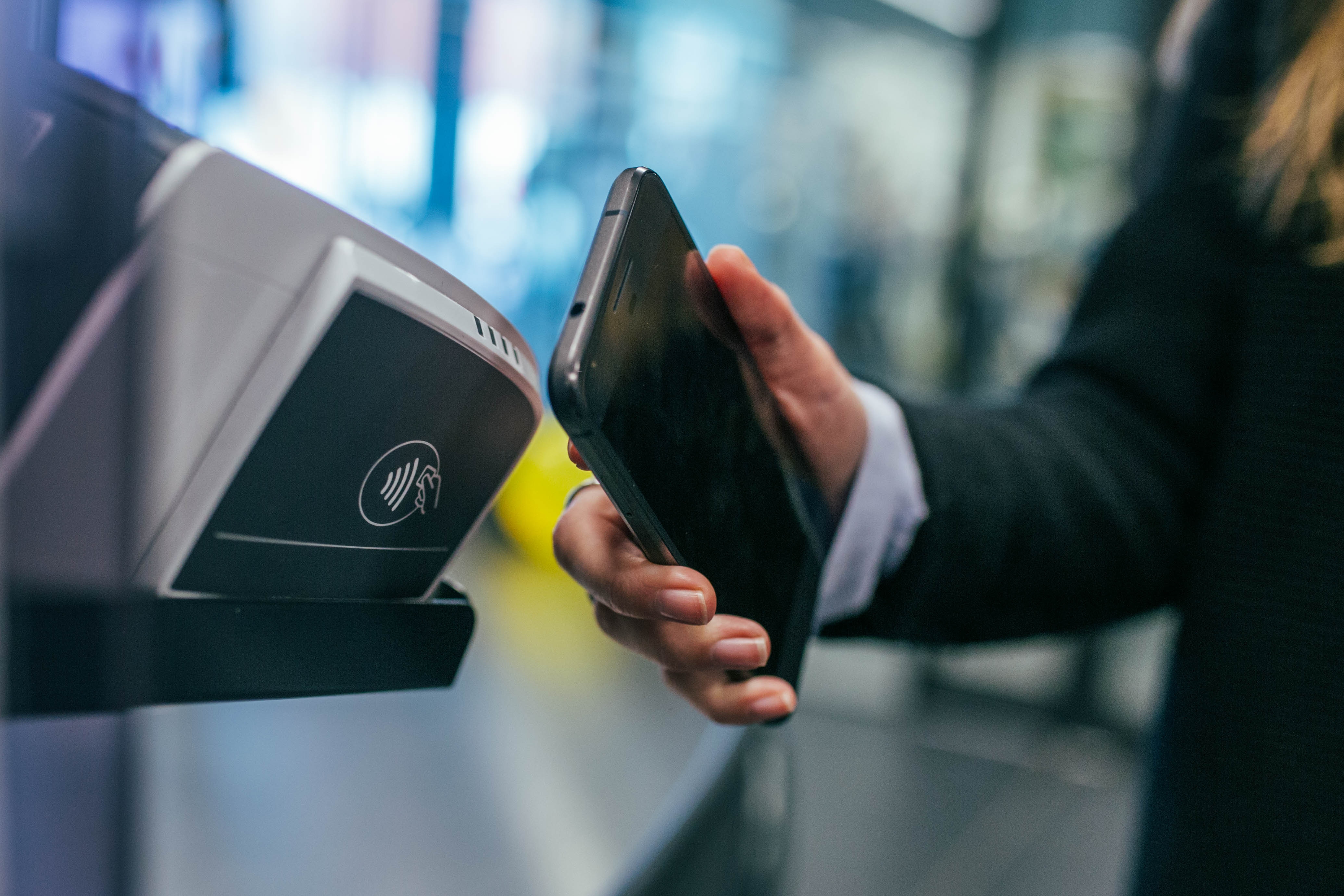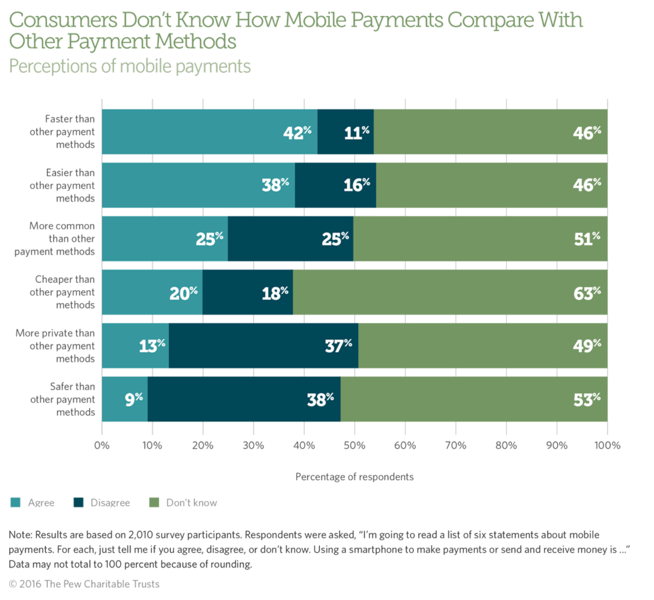

The ability to accurately pay and receive payments is crucial for companies to maintain positive cash flow and manage their liquidity.
Since all businesses act as both payor (the entity that pays) and payee (the entity that receives a payment), they need to manage both aspects of payment processing. While new technologies like payment gateway software, mobile payments and digital wallets make it easier for consumers and businesses to make payments, traditional methods such as checks, wire transfers and debit or credit cards are still widely used.
As well as new technology, companies need to understand the various types of payment agreements and obligations, along with the challenges they and their customers might face processing payments.
Payment terms indicate when payments should be made and how. These terms are usually included in the invoices generated by companies and sent to customers.
In addition to defining payment terms, I'll cover payment agreements, payment methods, and potential payment term challenges.
“Cash on delivery” or “Payable on receipt” indicate payors are supposed to pay the invoice as soon as they receive the goods or services they purchased. While the term “cash” may be confusing (since it’s not the only accepted payment method), payors can also use checks, credit or debit card, and wire transfers.
Net 7, Net 30, etc. indicates the number of days customers have to pay an invoice in full. The word “net” means the total amount to be paid after discounts. There are many variations of this type of payment term. For instance, “net 30, end of the month” means the payment is due by the end of the month following the month of the invoice.
Discounts for early payments encourage customers to pay before the due date. For instance, “net 30 5/10” means a customer has 30 days to pay in full but will receive a discount of 5 percent if the invoice is paid in 10 days. The discount won’t be applied if the payment is made later than that date.
Sometimes companies agree to make exceptions to their standard payment terms and divide or combine payments. Listed below are some of the most common types of agreements.
Prepayments or advance payments occur when both parties agree that the payor will pay a percentage of the value of goods or services before they are delivered. This represents a commitment by the payor to pay the full amount in the future. Prepayments are usually not reimbursable, meaning the payor will lose the money if they later decide to not do business with the payee.
Recurring payments occur on a regular basis, such as monthly or quarterly. This type of payment is usually processed automatically and the amount is the same every time. Recurring payments are canceled when the business relationship between payor and payee ends.
|
Are you wasting money on recurring payments? $40 billion is spent on unused SaaS tools each year. Measure what you spend every month on software and find out where you can save with G2 Track. |
Partial payments refer to the option to pay an invoice in multiple installments. The difference between partial and recurring payments is that partial payments are only processed during a predefined period. For instance, a piece of equipment that costs $100,000 can be paid in five quarterly installments of $20,000. Partial payments are usually combined with prepayments. In the case above, the customer may pay 20 percent ($20,000) in advance and the remainder in four monthly installments of $20,000.
Consolidated payments help companies pay multiple invoices at the same time. Since banks usually charge companies to process payments like wire transfers, it makes sense for businesses to try to avoid making too many payments.
The advent of technology like the cloud and mobile devices led to the creation of new payment methods, but didn’t eliminate the traditional ways, such as bank transfers, credit cards and checks.
Most traditional payment methods that involve the transfer of money between banks but don’t require the intervention of bank staff are categorized as electronic funds transfers (EFT). This category of payment includes wire transfers, direct deposits, eChecks, phone transfers and instant payments.
All these types of payments are processed through national and international electronic payment networks such as the ACH Network in the United States or the PE-ACH (pan-European automated clearing house). These networks are based on the concept of a clearing house — a financial institution that facilitates the exchange of payments, securities and derivatives.

When managing payments, companies face many challenges and threats that can have a significant financial impact on both payors and payees. Businesses need to be careful to avoid fraud and errors at all stages of the payment process, from invoicing to making payments to collecting payments.
Electronic and digital payments are convenient but may expose companies and their customers to fraud. While banks use advanced technology to prevent fraud, companies don't always have big budgets and tend to rely on the technology provided by e-commerce platforms.
Unfortunately, fraudsters can be very creative and find all kinds of ways to trick merchants and their customers. Here are some of the most common.
Friendly fraud refers to attempts by buyers to get a refund on goods they bought online, by pretending they never received the items or that they returned them. Some people may also claim their credit cards have been compromised and they didn’t make the purchase.
Stolen data is the result of individuals bypassing security systems through hacking or data breaches to access sensitive personal information. This information is used by hackers or sold on the dark web.
Fake online stores are created to get credit card and other sensitive information from consumers. Some fake online stores can be easily identified when they offer promotions that seem too good to be true, or when they provide no details about the company that manages the store.
Companies fight online fraud using advanced technology such as artificial intelligence and biometrics, and through new security concepts such as the zero trust model, a rising cybersecurity trend in 2019.
“The zero trust model eliminates the idea that internal players are trustworthy individuals who mean no harm. Zero trust security continuously evaluates an individual’s behavior and actions to identify and eliminate potential threats.”
G2 Crowd, Cybersecurity Trends in 2019: Zero Trust, Biometrics, IoT, and GDPR
While technology and fraud protection services like ClearSale can help businesses flag suspicious transactions and maximize sales, customers also need to be careful when making payments online to make sure they don’t become victims themselves.
Globalization and the internet have enabled businesses to sell products (and sometimes services) all over the world. This isn’t an issue when a global company sells in local currency and its customers pay in the same medium of exchange. Things get more complicated when a supplier provides goods in one currency, such as USD, but its buyers hail from all over the world. In this case, buyers will need to buy USD to pay the supplier. Depending on the exchange rate and its fluctuations, the payment may not be equal to the value of the goods or services purchased.
For instance, a Canadian company that buys products or services worth $1,000 in the U.S.needs to buy USD to pay the invoice. If the exchange rate between U.S. and Canadian dollars changes between the invoice date and the payment date, the company may pay more or less than what it would have paid on the invoice date. In the example below, a buyer that needs to pay a USD $1,000 invoice will pay CAD $10 more if the exchange rate goes up, or CAD $30 less if the rate goes down.
Invoice amount: $1,000 USD
Exchange rate and amount due as of invoice date: 1.35 ($1,350 CAD)
Exchange rate and amount due as of payment date:
1.36 ($1,360 CAD)
1.32 ($1,320 CAD)
Large enterprises and groups of companies often have very complicated processes for managing payments. The business entity that purchases goods or services might not be the one that makes the payments. Furthermore, separate entities can be invoiced by different suppliers and the parent company can consolidate all invoices to process payments.
The example below shows how three business entities that are part of the same group of companies might process payments:
This scenario is pretty basic for large companies, but it can be much more complicated for corporations with a global presence. It is therefore vital for the company to clearly define which business entity is responsible for what type of purchasing, invoicing, receiving and payment.
It is therefore vital for the company to clearly define which business entity is responsible for what type of purchasing, invoicing, receiving and payment.
Since not all customers pay on time, companies need to do their best to collect past-due invoices. One way to collect debt is dunning, by which companies send letters to remind customers they owe money. Businesses may also send interest invoices to penalize bad debtors by applying a percentage to the amount of the invoice.
When everything else fails, companies can use debt collection agencies to collect the money on their behalf. Another option is factoring, when companies sell their accounts receivable to third parties that become responsible for collecting the payments. The difference between debt collection and factoring is that the former is a service delivered for a fee, while the latter is a transfer of debt collection responsibility between two companies. Factoring can, therefore, be more expensive for a business if it sells its accounts receivables at a discount.
AR due: $100,000 — 200 invoices
Debt collection fee: 1 percent / invoice / week = 1,000/week
Factoring: 10 percent discount = 10,000
To manage payments efficiently, it is crucial to understand the various types of software that can be used to process payments and related transactions, such as sales or purchasing invoices. The image below shows the relationships between payment software and products for sales, purchasing or payroll. Click on a label to get a detailed description of each type of software and learn more about the products available in each market.
Gabriel’s background includes more than 15 years of experience in all aspects of business software selection and implementation. His research work has involved detailed functional analyses of software vendors from various areas such as ERP, CRM, and HCM. Gheorghiu holds a Bachelor of Arts in business administration from the Academy of Economic Studies in Bucharest (Romania), and a master's degree in territorial project management from Université Paris XII Val de Marne (France).
When I walk into a store and see the phrase “cash-only,” I panic. I almost never have cash,...
 by Grace Pinegar
by Grace Pinegar
You gotta pay to play.
 by Mary Clare Novak
by Mary Clare Novak
Shoppers hate long checkout lines.
 by Sneh Choudhary
by Sneh Choudhary
When I walk into a store and see the phrase “cash-only,” I panic. I almost never have cash,...
 by Grace Pinegar
by Grace Pinegar
You gotta pay to play.
 by Mary Clare Novak
by Mary Clare Novak
Never miss a post.
Subscribe to keep your fingers on the tech pulse.



